Why we love the gentle and patrician Clumber spaniel
Favoured throughout history by royalty, Clumber spaniels are still treasured for their tenacity and temperament, discovers Matthew Dennison.
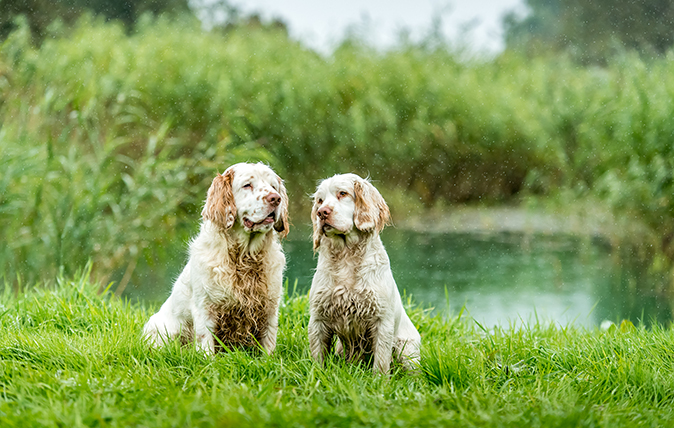

For the Clumber spaniel, 2017 has been a year to celebrate. The fortunes of these handsome, muscular, lemon- and orange-marked white gundogs have languished since the Second World War. Annual puppy registrations currently hover around the 200 mark. By comparison, The Kennel Club registers some 30,000 cocker and springer spaniel puppies every year.
This spring, however, for the first time since 1911, a Clumber spaniel won an any variety field trial. When three-year-old Midori Diamond Huddlestone, known as Rigg, triumphed over 15 springers in the novice stake of the Tyne Tees and Tweed Field Trial Association, he became the first Clumber any variety field-trial winner for more than 100 years. Press coverage of Rigg’s success added to high-profile owners, including The Princess Royal, president of the Working Clumber Spaniel Society, and the Archbishop of Canterbury, whose four-year-old Clumber is called Bramble, has contributed to renewed interest in this historic British breed.
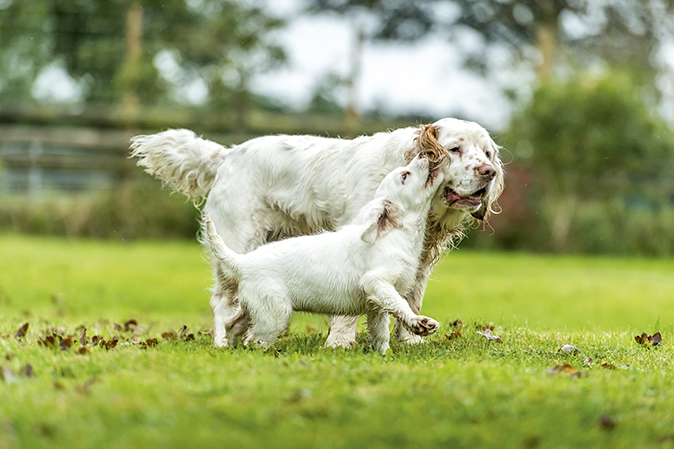
For Clumber aficionados, Rigg’s victory came as no surprise. His owner, committee member of the Working Clumber Spaniel Society John Smith-Bodden, points to the breed’s ‘fantastic noses’ and their dogged thoroughness in hunting out their quarry, an assessment seconded by the Marquess of Salisbury, who currently works his third successive Clumber spaniel, Lincoln. ‘They have enormous stamina and wonderful scenting qualities,’ Lord Salisbury tells me. ‘They also typically show none of the over-excitement or flibbety-jibbertiness of some springers.’
Instead, these dogs are reliable and sure-footed, noted for their gentle mouths and gentle dispositions, their quietness in the field, tenacity in working through dense cover and, above all, their affectionate natures. ‘In the field, they’re totally focused on the task in hand,’ comments Charlotte Chilvers, whose 11-year-old Bumble and four-year-old Hebe are working gundogs as well as pets for her two young sons, Robert and Oliver. ‘They are such kind dogs, so loving – a joy to be around. They seem to understand the dynamic of family life. Although my husband works them, they’re not one-person dogs. The children spend more time on the dogs’ beds than anywhere else in the house.’

Today’s Clumbers are descendants of the stocky, marmalade- and liver-splashed white spaniels bred and trained for the 2nd Duke of Newcastle by gamekeeper William Mansell, at Clumber Park in Nottinghamshire, in the last quarter of the 18th century. A handful of these dogs is visible in The Return from Shooting, a painting of 1788 by Francis Wheatley, in which the Duke, William Mansell and Newcastle’s friend Col Litchfield are depicted in an autumn landscape with gamekeepers and springer-type spaniels.
Tradition invests these first Clumbers with a French pedigree. Their progenitors were reputedly dogs given to the Duke by the duc de Noailles, a picturesque tradition unsubstantiated by material in the papers of either the Newcastle or Noailles families.
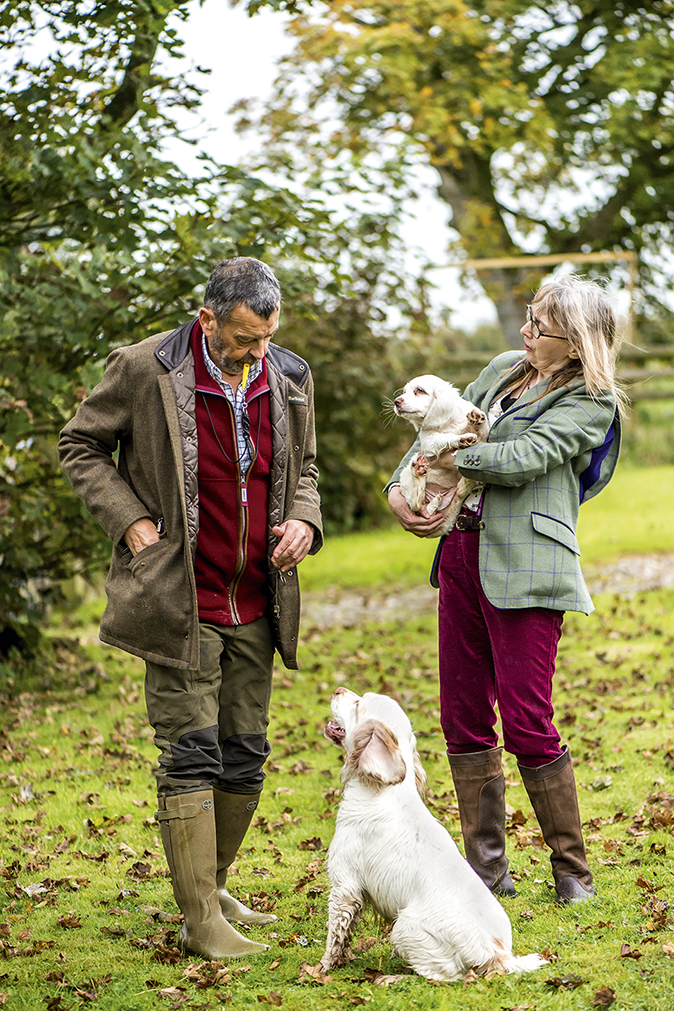
Whatever the truth of their origins – and it may be, as has been suggested, that the distinctive heavy doughtiness of the Clumber shape arose through the inclusion of some hound blood in Mansell’s breeding programme – the breed’s early popularity is attributable to Newcastle’s sponsorship: dogs from Clumber Park made their way into the Duke of Portland’s kennels at nearby Welbeck Abbey and those of the Foljambe family at Osberton Hall near Worksop. Members of the Foljambe family afterwards bred some of the first Clumbers entered in dog shows.
Sign up for the Country Life Newsletter
Exquisite houses, the beauty of Nature, and how to get the most from your life, straight to your inbox.
In her journal for October 1840, Queen Victoria recorded a walk in the park at Windsor with Prince Albert and ‘his seven fine Clumber Spaniels’: ‘We went into the Slopes… in order that I should see how the dogs found out the game; they are such nice, dear dogs.’ The Prince bequeathed his fondness for the breed and his habit of working them as a pack to his eldest son and grandson; Edward VII and George V, both keen shots, each kept a number of Clumbers in the kennels at Sandringham.
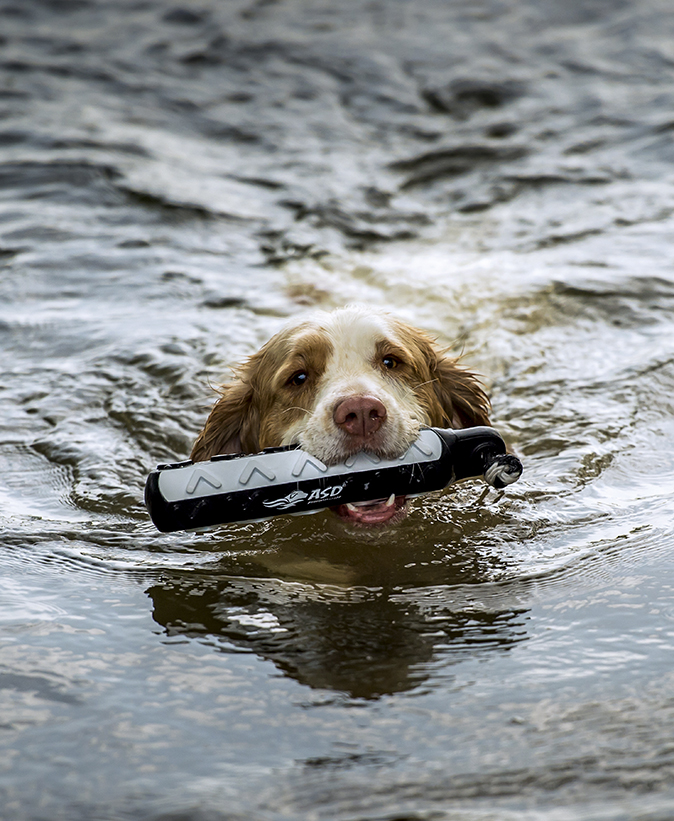
In one contemporary account, it was the breed’s suitability for working in groups that particularly attracted George V, his favour ‘largely attributable to their special suitability for the covert shooting in which His Majesty delights and to the fact that the clumber, almost alone of shooting dogs, can be worked in packs’.
Dog painter Reuben Ward Binks placed the King’s favourite, Sandringham Susan, in the centre of his charming George V’s Clumber Spaniels at Sandringham, a portrait of six royal Clumbers painted in 1930.
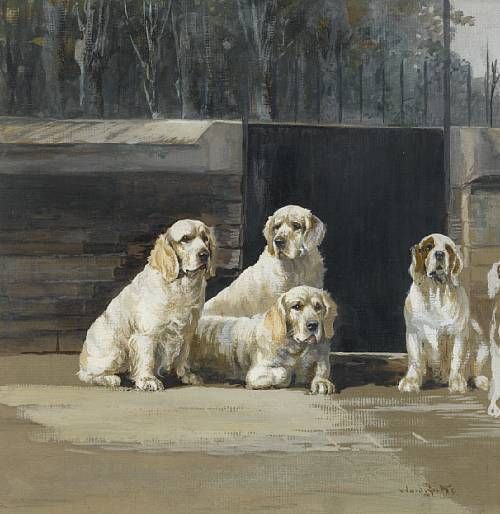
Today, few owners are able to accommodate packs of working dogs on this scale. In addition, those Clumber breeders who preserved the breed from extinction in the years after the Second World War contributed to the development of an increasingly heavy, slow-moving spaniel lacking athleticism and unsuited to working coverts. Without any working purpose, the breed experienced a sharp decline in popularity from which it has yet to recover fully.
Today’s owners all agree that the Clumber deserves to be more widely kept, both as a working dog and a pet. Lord Salisbury admires the breed’s ability to wriggle through undergrowth to put up birds and their stubbornness in running down their prey: ‘They’re not the intellectual stars of the canine world, but they’re pretty grounded and they have delightful personalities. And, as I grow older, Lincoln proceeds at something nearer my own stately pace.’
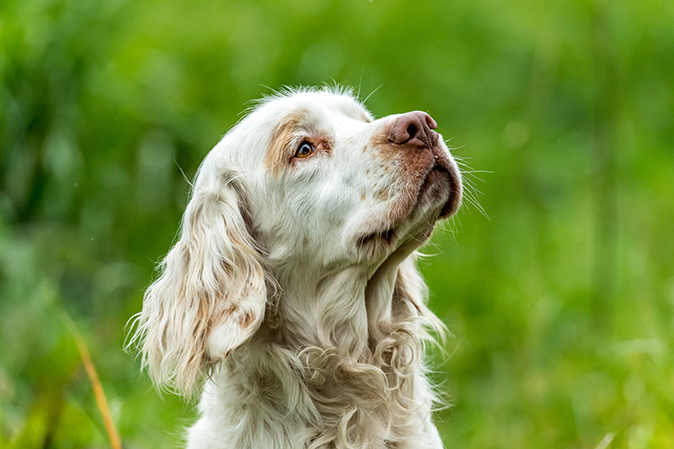
Owner Claire Griffith, who works her four-year-old rescue Clumber Finn on her husband’s North Wales estate, admires his fixity of purpose. ‘He works very well in dense thicket and does quite a lot of putting up,’ she explains. ‘He works much more carefully than other spaniels, picking up birds that other dogs miss and working steadily and slowly.’
Mrs Griffith identifies Finn’s complete lack of aggression as a typical Clumber trait. His slow determination is also typical, although, for some owners, it comes close to stubborn-ness and Mr Smith-Bodden suggests that puppies can be slower to train as working dogs than other spaniel types.
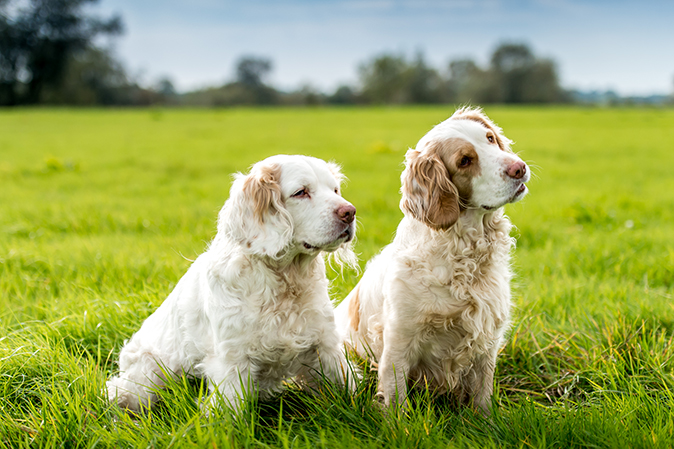
Mr Smith-Bodden and his wife, Jane, currently have six Clumbers, including Rigg, whose performance in the field he describes as ‘poetry in motion’. Beyond the dogs’ adroitness in putting up or retrieving partridge, pheasant and duck and their gentleness, loyalty and affection, the Smith-Boddens, like other owners, admire the Clumber’s gorgeous good looks. Mrs Griffith waited many years before she was able to acquire one of her own. ‘Somewhere, there is a 19th-century painting of Clumbers in the heather,’ she remembers. ‘I’d always rather wanted one.’ The long-awaited Finn, rehomed from a keeper on Anglesey, is a ‘very beautiful white and ginger’.
It’s not entirely true that Clumbers are silent dogs. Despite their quietness when working, they have a distinctive singsong woo woo bark that Mrs Chilvers tells me delights her sons and with which Clumbers typically greet their owners each morning. It seems characteristic of these gentle, patrician spaniels that even their bark should be mellifluous and winning.
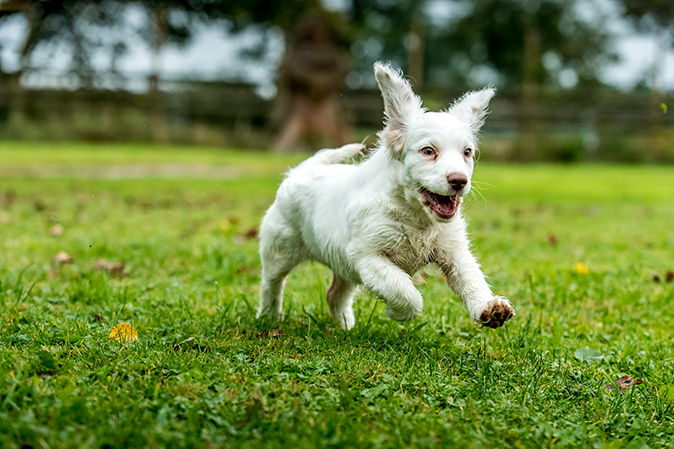
Crazy about Clumbers
- Papers belonging to the Dukes of New-castle refer to Clumber spaniels as ‘the Duke’s breed’ or ‘Mansell’s breed’, after gamekeeper William Mansell
- Despite the tradition of the breed’s French origin, historians suggest the Clumber derived from a cross between British and Spanish or Alpine spaniels or from the inclusion of a basset hound in early breeding
- Current owners include biographer and novelist Max Egremont of Petworth House. Among paintings at Petworth is an early-19th-century portrait by Thomas Phillips of Lord Egremont’s forebear, the 3rd Earl of Egremont, alongside his Clumber spaniel
- Early shooting guides suggested that, on account of their quietness, Clumbers be ‘worked with bells attached to their collars, as by the help of these they can gradually drive the game forward’. Their quietness was described as ‘of great value, as they can work up close enough to a pheasant to almost clutch him’
- In 1909, the future King George V bought, from Fabergé's London store, a Chalcedony sculpture (with red ruby eyes) of a favourite Clumber, Sandringham Lucy, for £102

Fabulous Frenchies: Vive le bulldog français!
Sacrebleu! It seems that Britain’s top dog is a French bulldog.
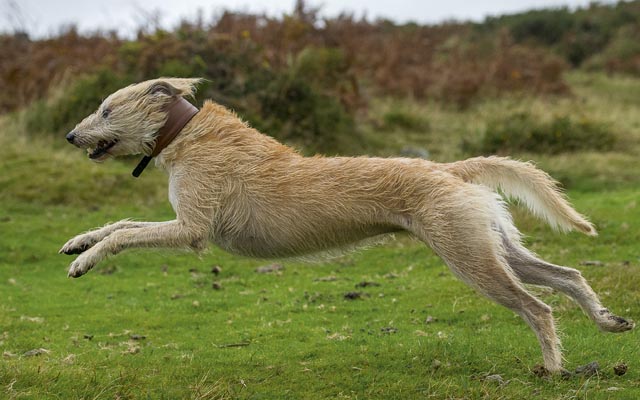
For the love of lurchers
We discovers why lurchers are one of life's guilty pleasures.

Credit: Alamy
Cocker spaniel versus springer spaniel: What owners need to know
Which is the more popular spaniel, the springer or the cocker? Shooting Times's David Tomlinson weighs up the pros and
Country Life is unlike any other magazine: the only glossy weekly on the newsstand and the only magazine that has been guest-edited by HRH The King not once, but twice. It is a celebration of modern rural life and all its diverse joys and pleasures — that was first published in Queen Victoria's Diamond Jubilee year. Our eclectic mixture of witty and informative content — from the most up-to-date property news and commentary and a coveted glimpse inside some of the UK's best houses and gardens, to gardening, the arts and interior design, written by experts in their field — still cannot be found in print or online, anywhere else.
-
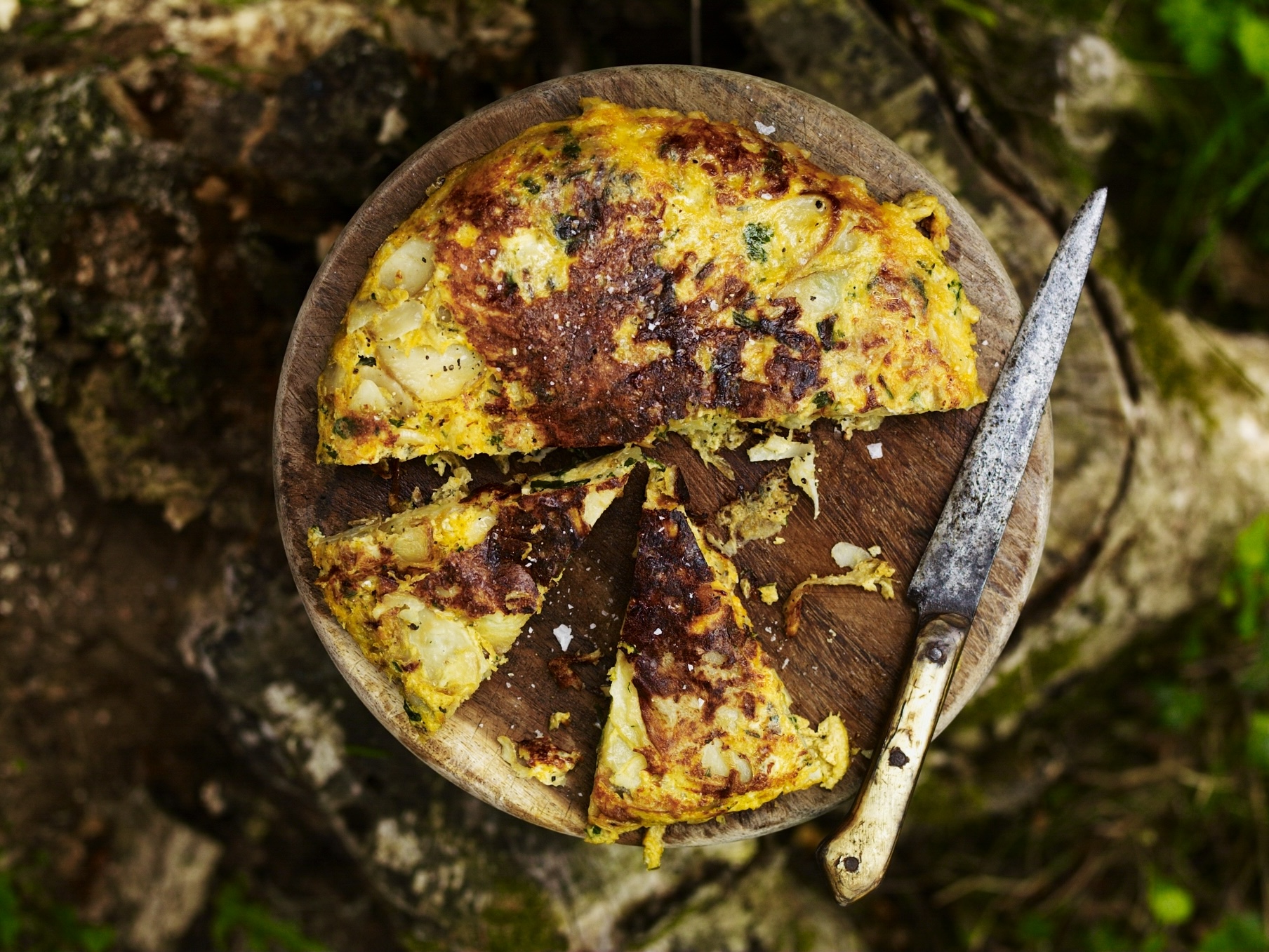 Gill Meller's recipe for a seasonal new potato omelette, with smoked garlic, onions and Cheddar cheese
Gill Meller's recipe for a seasonal new potato omelette, with smoked garlic, onions and Cheddar cheeseBy Gill Meller Published
-
 Bond's Aston Martin and Welsh rarebit: Country Life Quiz of the Day, April 10, 2025
Bond's Aston Martin and Welsh rarebit: Country Life Quiz of the Day, April 10, 2025Thursday's quiz celebrates pedestrian crossings and tests your language skills.
By Toby Keel Published
-
 Everything you need to know about one of sport's most gruelling rivalries
Everything you need to know about one of sport's most gruelling rivalriesThis year's Boat Race is expected to play out to a global audience of 100million.
By Amie Elizabeth White Published
-
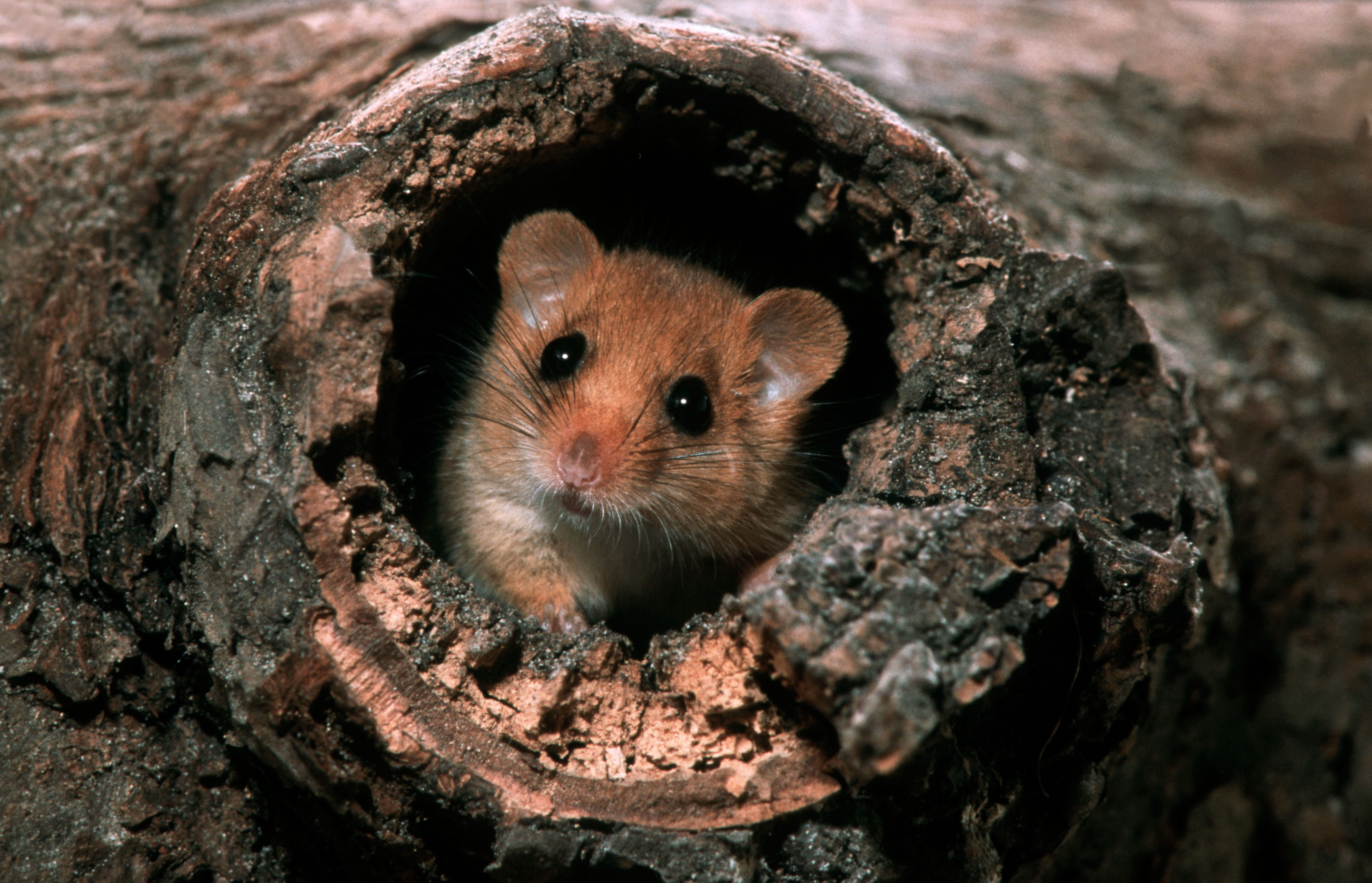 The humble hazel dormouse — 'the flagship species of the health of our countryside'
The humble hazel dormouse — 'the flagship species of the health of our countryside'The sleepy and very sweet hazel dormouse is one of Britain's rarest mammals.
By Jack Watkins Published
-
 The grass is always greener: Follow in the footsteps of Sir Andy Murray and play in The Giorgio Armani Tennis Classic
The grass is always greener: Follow in the footsteps of Sir Andy Murray and play in The Giorgio Armani Tennis ClassicThere’s no better time of year than the summer grass court tennis season.
By Rosie Paterson Published
-
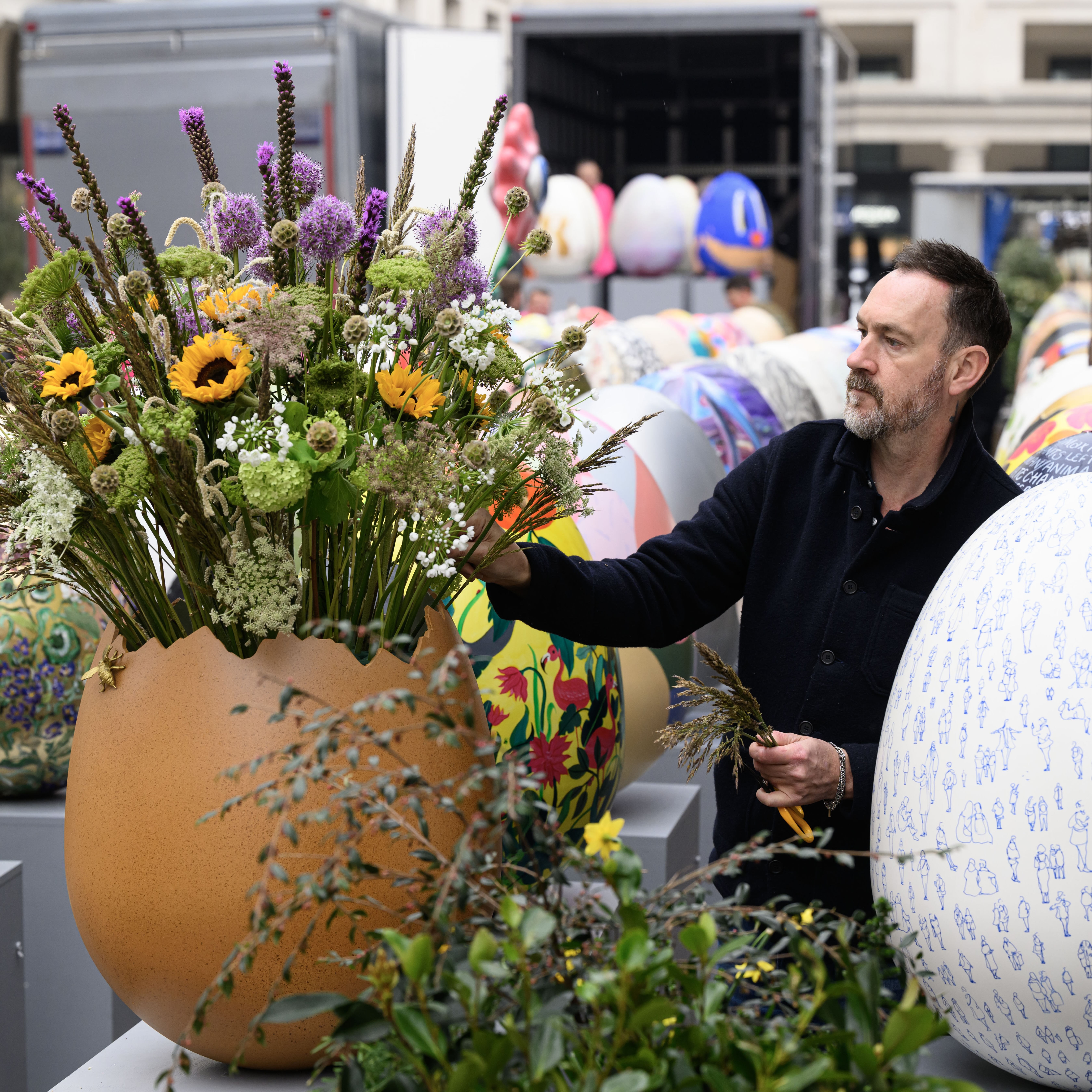 You've gotta catch them all: Everything you need to know about London's giant Easter egg hunt
You've gotta catch them all: Everything you need to know about London's giant Easter egg huntFortnum & Mason, Anya Hindmarch and Chopard are among the companies that have lent a creative hand.
By Amie Elizabeth White Published
-
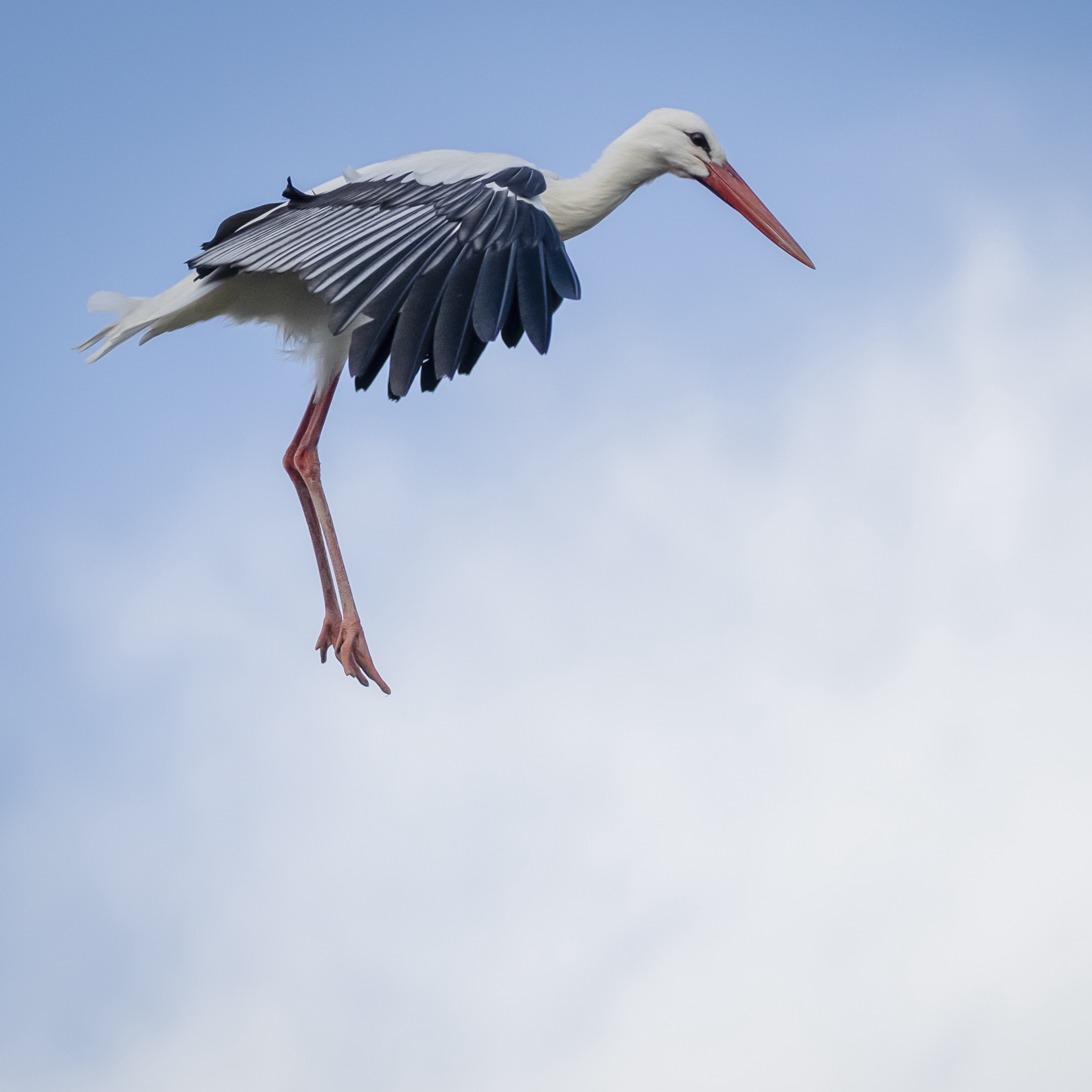 The UK gets its first ‘European stork village’ — and it's in West Sussex
The UK gets its first ‘European stork village’ — and it's in West SussexAlthough the mortality rate among white storks can be up to 90%, the future looks rosy for breeding pairs in southern England.
By Rosie Paterson Published
-
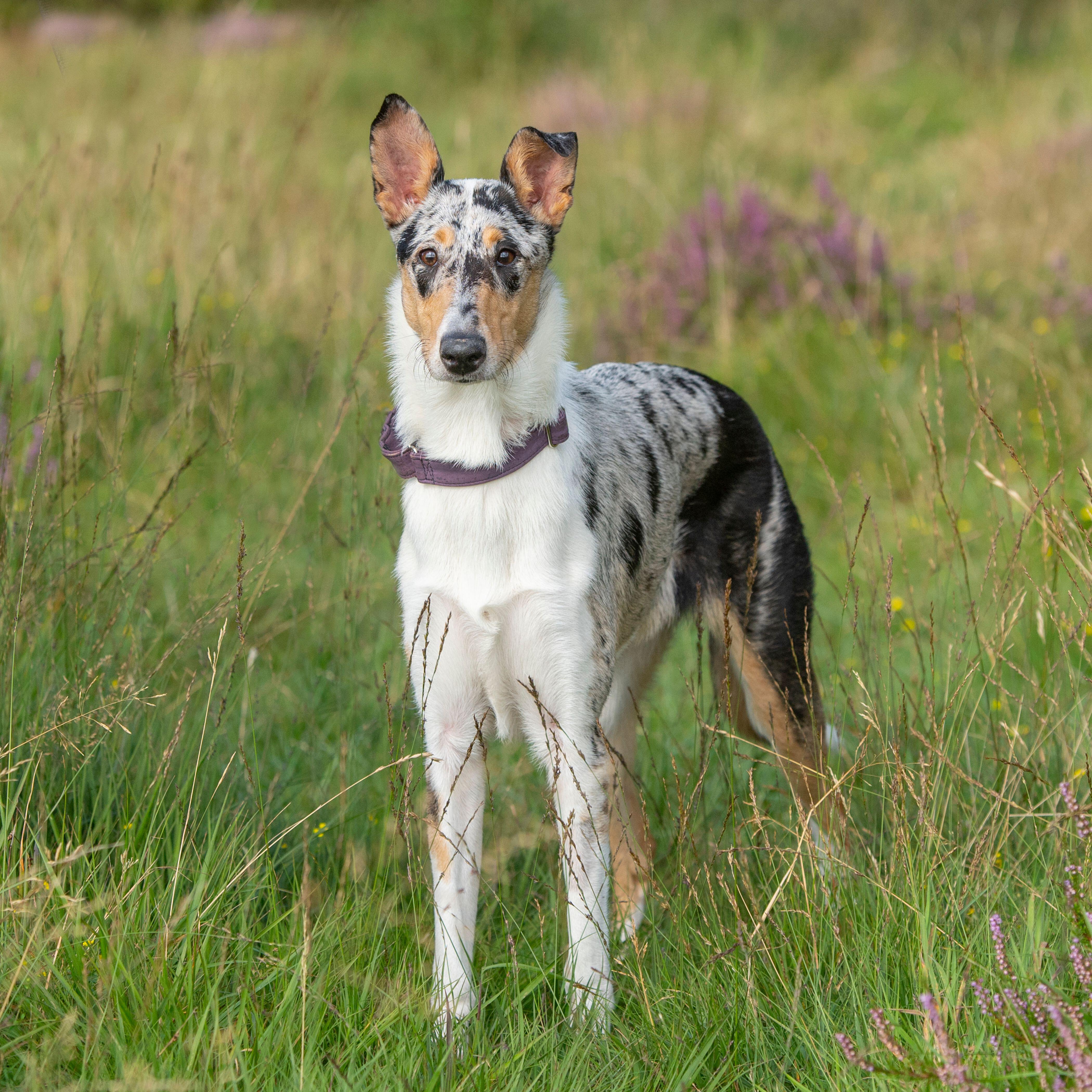 Can't you hear me S.O.S? Our treasured native dog breeds are at risk of extinction
Can't you hear me S.O.S? Our treasured native dog breeds are at risk of extinctionDo you know your Kerry blue terrier from your Lancashire heeler? A simple lack of publicity is often to blame for some of the UK's native dog breeds flying dangerously low under-the-radar.
By Victoria Marston Published
-
 The prestigious Saut Hermès was a tantalising taste of what to expect when Paris's Grand Palais reopens to the public in June
The prestigious Saut Hermès was a tantalising taste of what to expect when Paris's Grand Palais reopens to the public in JuneThe Grand Palais in Paris, France, has been closed to the public for extensive renovation works since 2021.
By Rosie Paterson Published
-
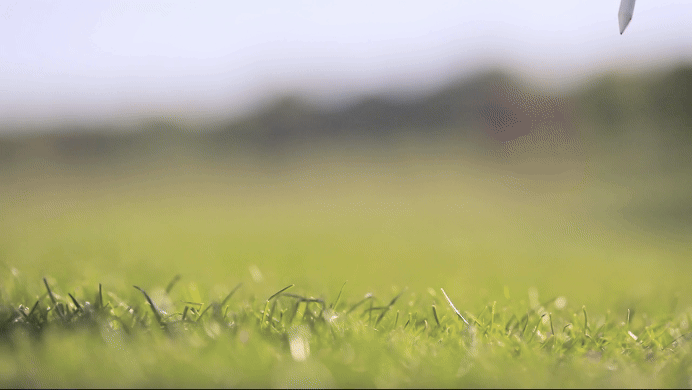 Curious Questions: Why do golf balls have dimples? And why are tennis balls furry?
Curious Questions: Why do golf balls have dimples? And why are tennis balls furry?As the weather picks up, millions of us start thinking about dusting off our golf clubs and tennis rackets. And as he did so, Martin Fone got thinking: why aren't the balls we use for tennis and golf perfectly smooth?
By Martin Fone Published